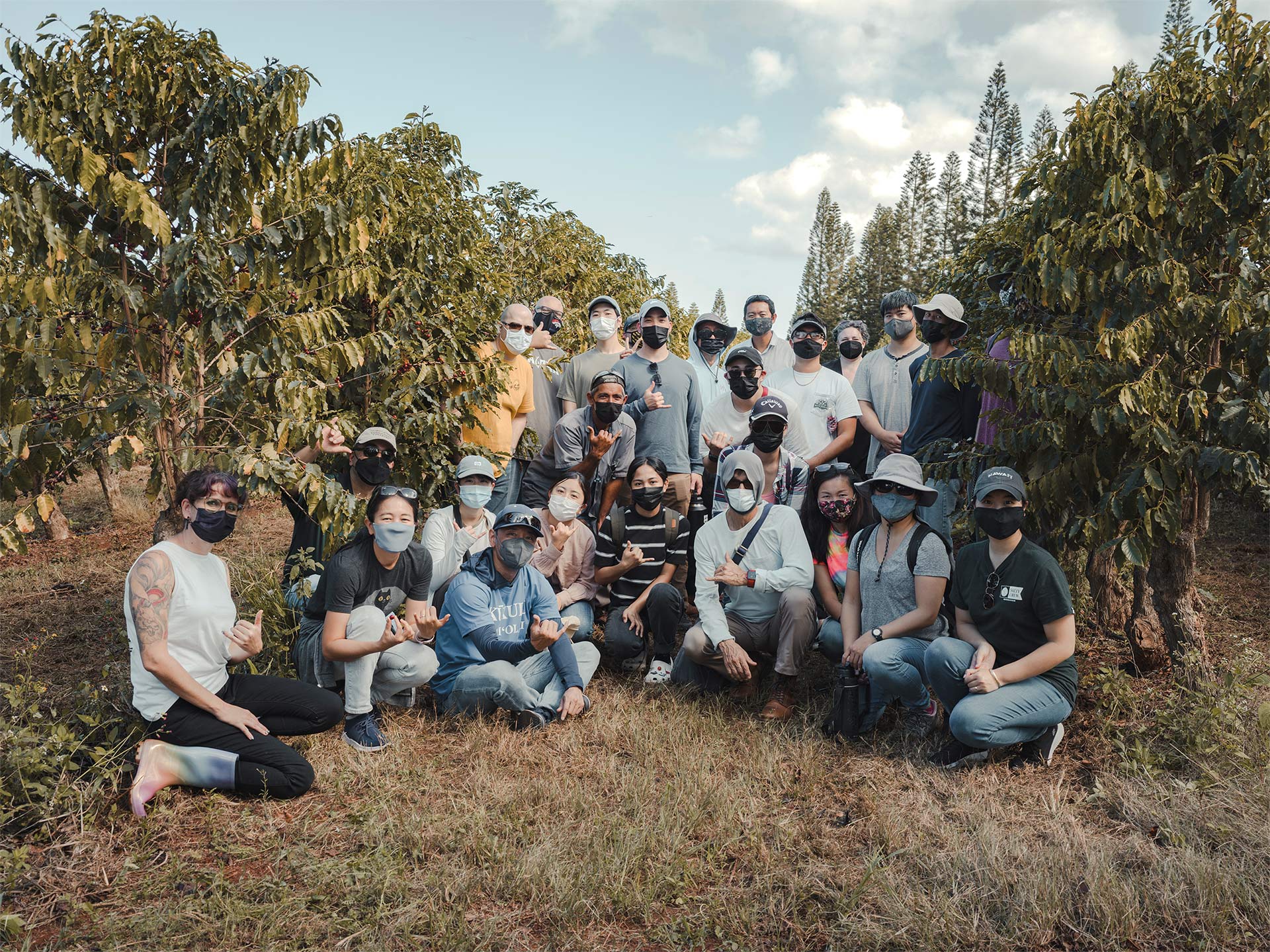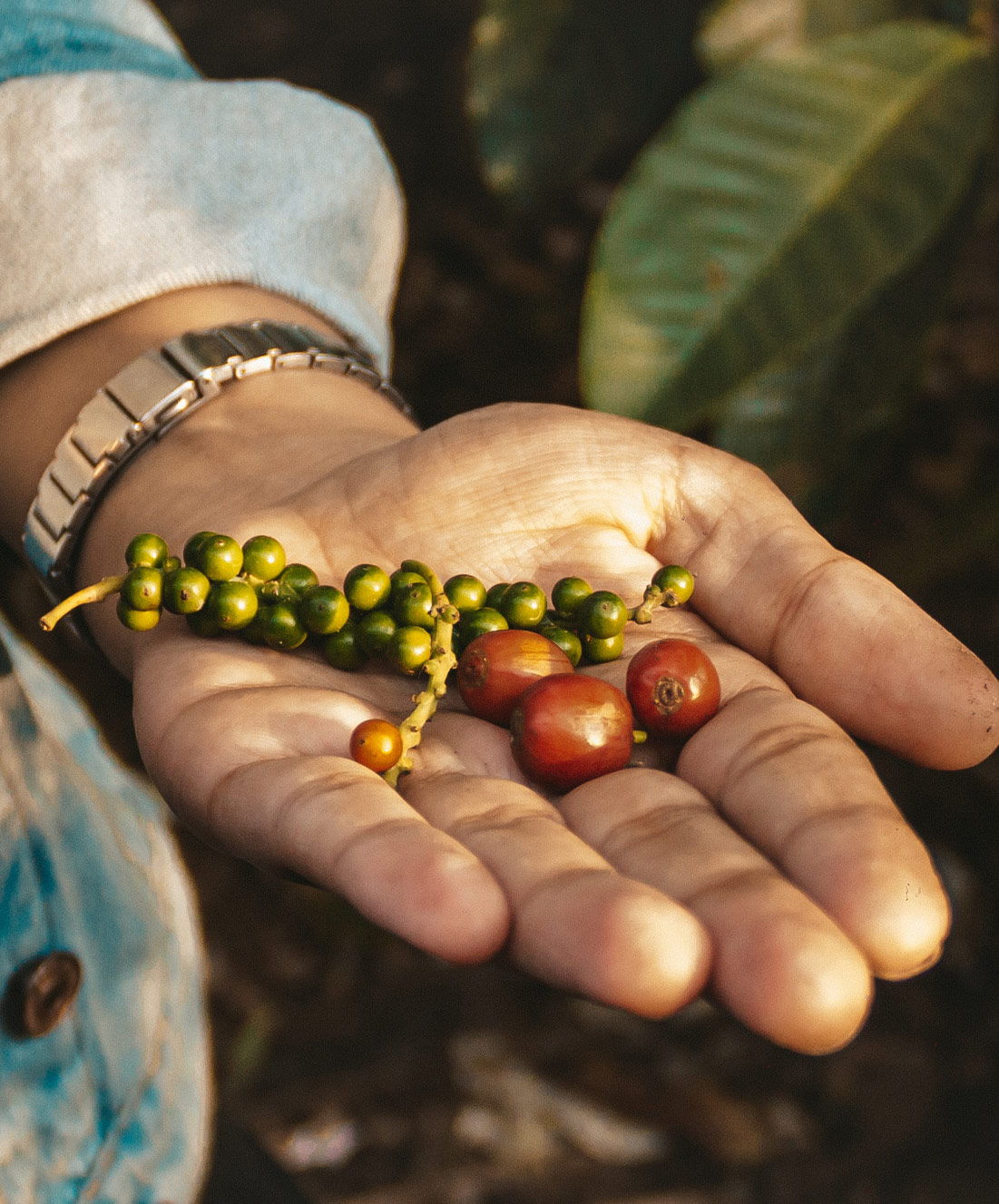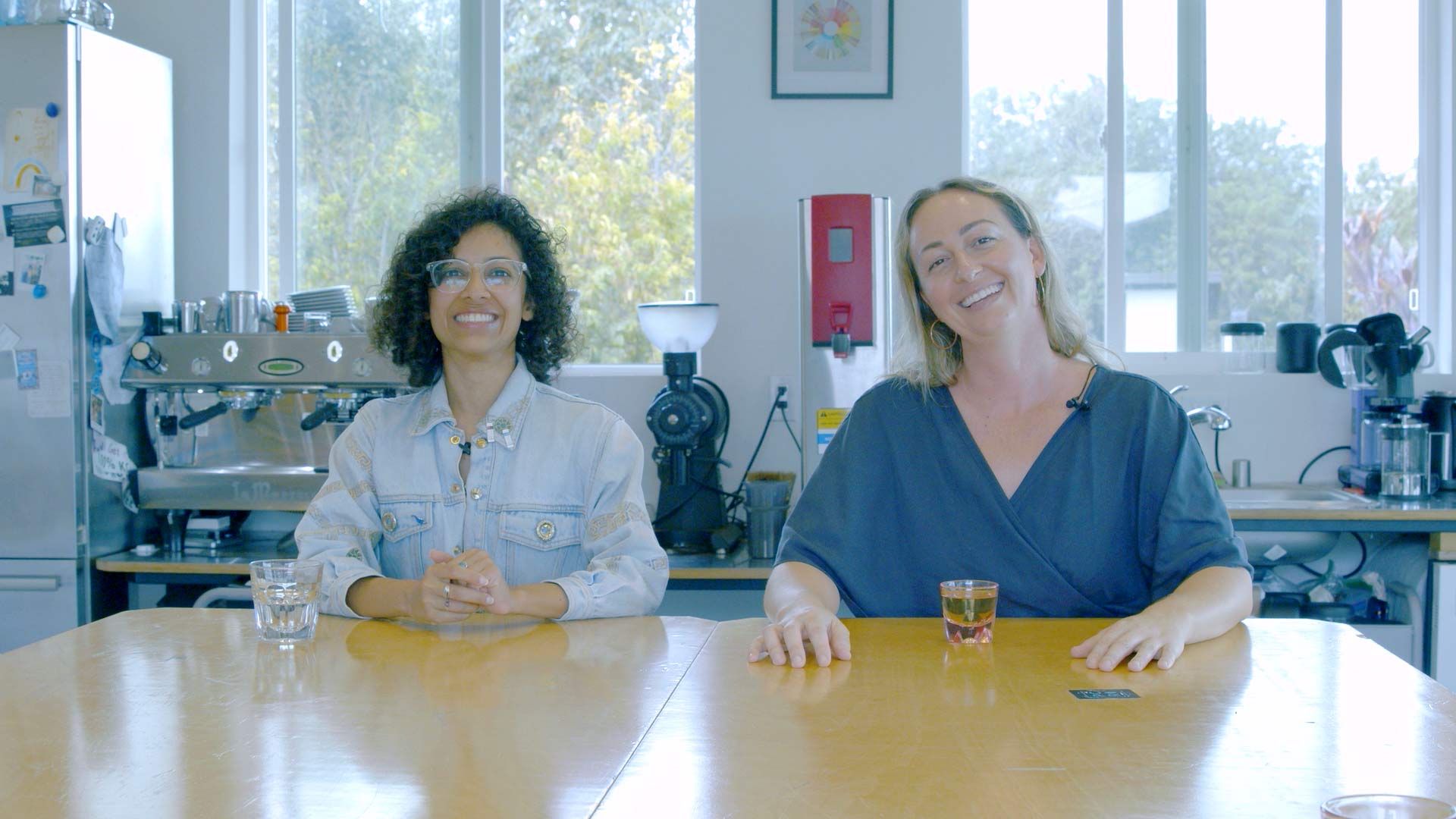We asked Savor Brands Coffee Director Marc Marquez to dive deeper into cupping and why it's so important! (Thanks Marc!)
What is coffee cupping?
Coffee cupping is a protocol and tool used by trained tasters and professionals to objectively evaluate coffee quality and its characteristics. While varieties of scoresheets and assessments can be applied to cupping, the practice of cupping coffee is an industry standard used throughout the world.Why is cupping necessary in the coffee industry?
The practice of cupping coffee is an integral part of the coffee value chain because as an agricultural product, factors such as weather, disease, processing, shipping, roasting, defects, and packaging each can impact coffee’s sensory attributes. It is important to cup coffee because it provides growers, importers, roasters, sensory specialists, and baristas information to make crucial decisions specific to their role in the coffee value chain.Can you explain the process of cupping?
The process of cupping is to document objective information about a particular coffee to make decisions about its quality and characteristics such as aroma, flavor, aftertaste, acidity, mouthfeel (body), and any potential defects. To successfully do so, it is important for cuppers to know nothing about a coffee before assessing it. For example, knowing the grower, roaster, variety, origin, and processing method of a sample will have an impact both positive and negative on how a coffee is assessed. During the cupping process, cuppers do not speak or express any gestures which may influence others. It is standard practice for coffee samples to be coded so cuppers will be able to easily identify each sample without knowing any information that could allow any biases to influence their score and assessment.
Savor Brands' Coffee Director and Q-Grader Marc Marquez
What resources are there for anyone looking to learn more about cupping?
While the mechanics of cupping and tasting may look similar, the way coffees are assessed are significantly different. While tasting coffee can be very personal, casual, and informal, cupping involves discipline and adhering to strict standards and protocol. Tasting and journaling varieties of foods as well as coffees from different origins, processing methods, and roast profiles are helpful ways to start developing one’s tasting skills and networking with professionals in the coffee industry is also a great way to learn the protocols and methodology in cupping coffee. Recommended resources to learn to taste and cup coffee: “How to Taste Coffee: Develop Your Sensory Skills and Get the Most Out of Every Cup” by Jessica Easto “Coffee Isn't Rocket Science: A Quick and Easy Guide to Buying, Brewing, Serving, Roasting, and Tasting Coffee”by Sebastien Racineux and Chung-Leng Tran- "Taste: Surprising Stories and Science about Why Food Tastes Good" by Barb Stuckey
- “Coffee Sensory and Cupping Handbook” (Specialty Coffee Association) by Dr. Mario R. Fernández-Alduenda and Peter Giuliano
- Sensory Lexicon by World Coffee Research
- Coffee Flavor Wheel by Specialty Coffee Association
- Coffee Character Wheel by AgriFutures Australia Project



